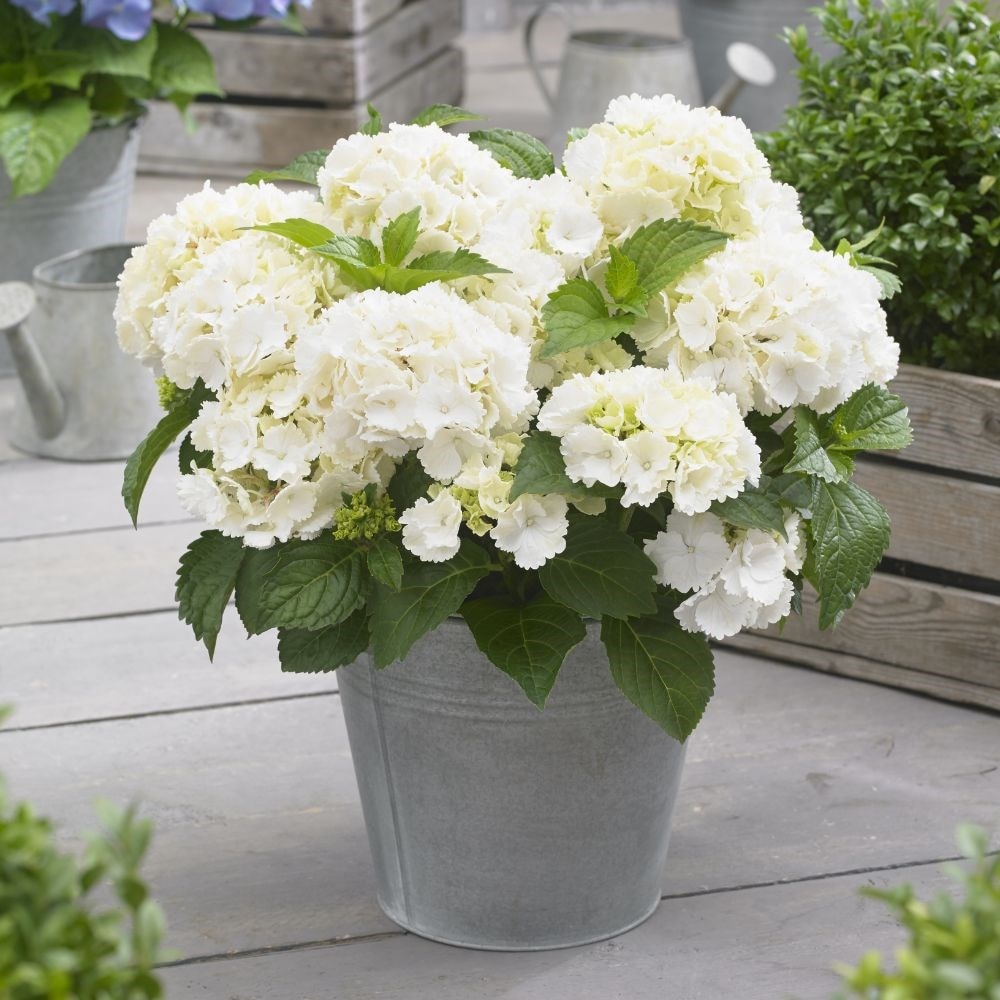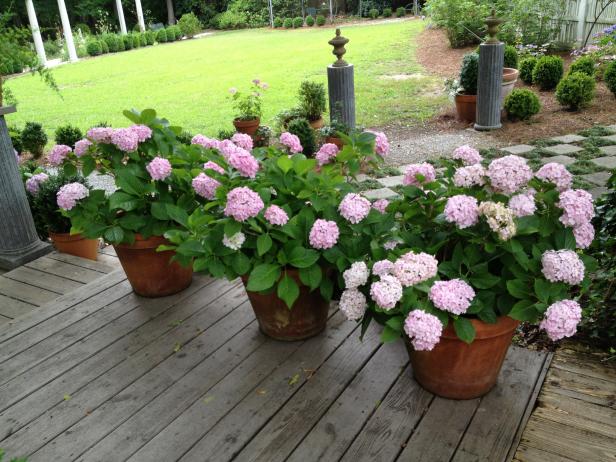How To Grow Hydrangeas Indoors And Keep Them Blooming
How to Grow Hydrangeas Indoors and Keep Them Blooming
Hydrangeas are beautiful flowering plants that can add a touch of elegance to any home. While they are typically grown outdoors, it is possible to grow hydrangeas indoors with a little care and attention.
In this blog post, we will discuss the basics of growing hydrangeas indoors, including the right light, water, and fertilizer requirements. We will also provide some tips on how to keep your hydrangeas blooming year-round.
Light
Hydrangeas need bright, indirect light to thrive indoors. A south- or east-facing window is ideal, as these windows will provide plenty of light without any direct sunlight. If you do not have a south- or east-facing window, you can use a grow light to supplement the natural light.
Water
Hydrangeas need to be watered regularly, but it is important not to overwater them. The soil should be kept moist, but not soggy. Water your hydrangeas when the top inch of soil feels dry to the touch.
Fertilizer
Hydrangeas need to be fertilized regularly to produce blooms. You can use a balanced fertilizer, such as a 10-10-10 fertilizer, once a month during the growing season.
Pruning
Hydrangeas should be pruned in late winter or early spring. This will help to encourage new growth and blooms. When pruning, remove any dead, diseased, or damaged branches. You can also trim the plant to keep it in shape.
Humidity
Hydrangeas prefer high humidity levels. If the air in your home is dry, you can help to increase the humidity by placing your hydrangeas on a pebble tray or by using a humidifier.
Temperature
Hydrangeas prefer cool temperatures. During the growing season, the ideal temperature is between 60 and 70 degrees Fahrenheit. In the winter, the temperature can be lowered to between 40 and 50 degrees Fahrenheit.
Troubleshooting
If your hydrangeas are not blooming, there are a few possible reasons. First, make sure that you are providing them with the right light, water, and fertilizer. If you are doing everything right and your hydrangeas are still not blooming, it may be a sign of a nutrient deficiency. You can test the soil to see if it is lacking in any nutrients. If it is, you can fertilize your hydrangeas with a fertilizer that is specifically designed for hydrangeas.
Conclusion
Growing hydrangeas indoors is a rewarding experience. With a little care and attention, you can enjoy these beautiful flowers year-round.
Hydrangeas are beautiful flowers that can add a touch of elegance to any indoor space. However, growing hydrangeas in pots indoors can be challenging. If you're looking for tips on how to care for hydrangeas in pots indoors, I recommend visiting . This website has a wealth of information on hydrangea care, including information on light, water, fertilizer, and pruning.
In addition to providing detailed care instructions, also offers a variety of other resources for hydrangea growers, including articles, videos, and a forum where you can ask questions and get advice from other hydrangea enthusiasts.
So whether you're a beginner or an experienced hydrangea grower, I encourage you to visit for everything you need to know about growing hydrangeas in pots indoors.
FAQ of hydrangea in pots indoors
- What are the best conditions for potted hydrangea?
Potted hydrangeas need bright, indirect sunlight for at least 4 hours per day. They also need well-draining potting soil that is slightly acidic. The soil should be kept moist, but not soggy. Hydrangeas do not like to sit in water.
- How often should I water my potted hydrangea?
The frequency of watering will depend on the climate and the size of the pot. In general, you should water your hydrangea when the top inch of soil is dry. If the leaves start to wilt, it's a sign that the plant needs more water.
- What kind of fertilizer should I use for my potted hydrangea?
A balanced fertilizer, such as 10-10-10, can be used every 2 weeks during the spring and summer. You can also use a slow-release fertilizer once a year in the spring.
- How can I prevent my potted hydrangea from getting root rot?
To prevent root rot, make sure that the pot has drainage holes and that the soil is well-draining. You should also avoid overwatering your hydrangea.
- Can I propagate hydrangeas indoors?
While it is possible to propagate hydrangeas indoors, it is not always successful. The best time to take cuttings is in early summer. The cuttings should be placed in a well-draining potting mix and kept in a warm, humid environment.
Image of hydrangea in pots indoors
- A white hydrangea in a pot on a windowsill, with the sunlight streaming through the leaves.

- A pink hydrangea in a pot on a table, surrounded by other houseplants.

- A blue hydrangea in a pot on a shelf, with a few flowers blooming.
- A large hydrangea in a pot on the floor, with its flowers cascading over the sides.

- A hydrangea in a pot on a patio, with the sun shining on it.

Post a Comment for "How To Grow Hydrangeas Indoors And Keep Them Blooming"